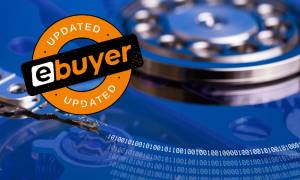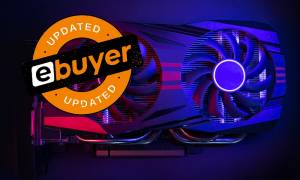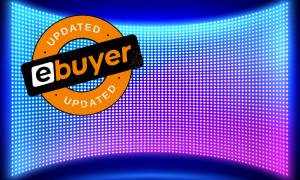The days of struggling with a large paper map when driving and missing the turn-off on the motorway are long gone thanks to sat navs. It’s fair to say the familiar little box of tricks has become the motorist’s best friend and an indispensable travelling companion.

Of course, we have all heard stories of drivers being directed into lakes or dead ends whilst blithely following their sat navs but with the advancement of GPS technology those occurrences are few and far between.
Nowadays, sat navs are so smart they will divert you around traffic jams, find you a restaurant en-route, and even a convenient place to park at journey’s end.
But the main reason why most of us invest in a sat nav for our vehicle is for directions when we are travelling somewhere new. Whether you are on the road every day for work or planning a one-off drive, having the peace of mind which comes with knowing you won’t get lost leads to a more relaxed journey.
Types of sat nav
There are two types of sat nav devices; those designed for vehicles and personal models for keep fit enthusiasts and cyclists.
Vehicle Sat navs
Sat navs are a great example of how technology has made an everyday task, in this case driving, easier and more enjoyable. They have become an indispensable aid to motorists and many of us won’t embark on a journey without our trusty sat nav to guide us on our way.
There are different models for car and truck drivers as well as for motorcyclists.
So what can it do?
Sat nav devices share many common features designed to make your journey less stressful including:
- Being able to plot a route between any two points
- Getting you and your vehicle from A to B (via C if necessary) in the shortest possible time
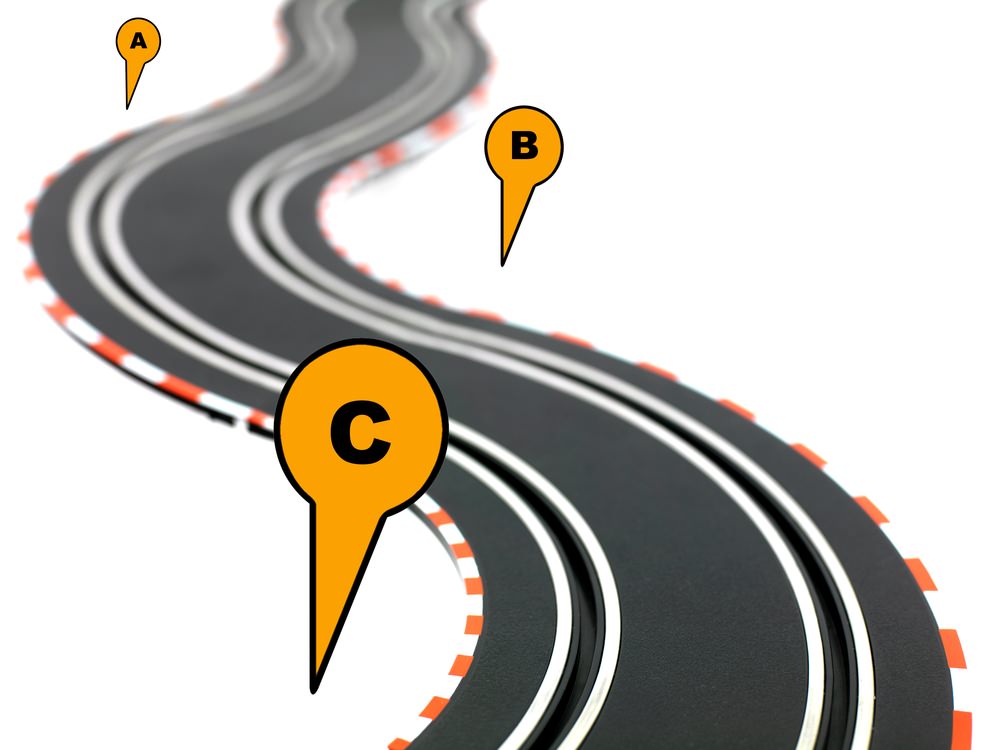
- Can offer alternatives to the planned route including avoiding motorways and toll roads
- Boasts touch screen technology
- Advises of speed limits
- Countdown of miles to travel
- Warns of speed cameras en-route
- Advises which lane to be in at awkward junctions
- 3D views of motorway junctions
- Verbal prompts and directions
- UK and Ireland mapping
Additional features
More advanced models offer additional features though the cost of the device rises in line with the number and complexity of the extra functions. The extras you may find included with premium models include:
- Extra-large screen
- High resolution display
- Live traffic updates
- Verbal traffic reports
- ‘On the fly’ route changes depending on traffic conditions
- Points of interest features including reviews of restaurants and other attractions
- Photographic mapping so the driver can pick out landmark buildings
- Birds eye view of maps
- Voice activated navigation
- Car park finder
- Hands-free phone calls
- Bluetooth connectivity
- Free map updates
- European and world mapping
Models do vary so make sure you read the descriptions which accompany each device available on ebuyer.com.
Which sat nav do I need?
So, you know everything a sat nav can do, but which device is the most suitable for you? That very much depends on how often you use your vehicle and how many long distance journeys you take.
For those of us who only drive locally or who undertake irregular journeys within the UK a basic sat nav will be more than sufficient. As long as it gets you from A to B in the shortest possible time it will have served its purpose.
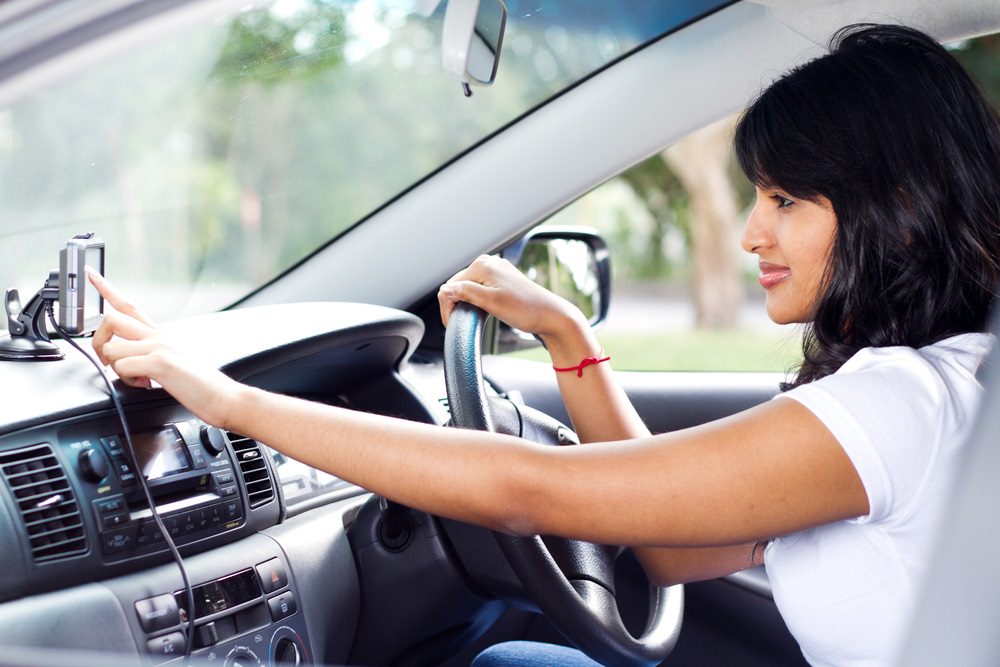
On the other hand regular commuters in large conurbations such as London or Birmingham will undoubtedly benefit from a device which has live traffic updates.
Avoiding the inevitable early morning traffic jams will ensure you arrive at work in plenty of time and in a much better state of mind than if you sat in traffic for a couple of hours.
Professional drivers and those who spend a lot of time on the road should look for a device with free map updates. British roads are constantly changing so having accurate mapping is essential. Updating the devices maps regularly will avoid you following non-existent roads into the middle of field.
Finally, if you enjoy driving holidays or venturing across to the continent, you should select a device which has a places of interest feature and European mapping.
Personal sat navs
As previously mentioned sat navs aren’t just available for vehicles. You can also find personal devices used for fitness and outdoor activities.
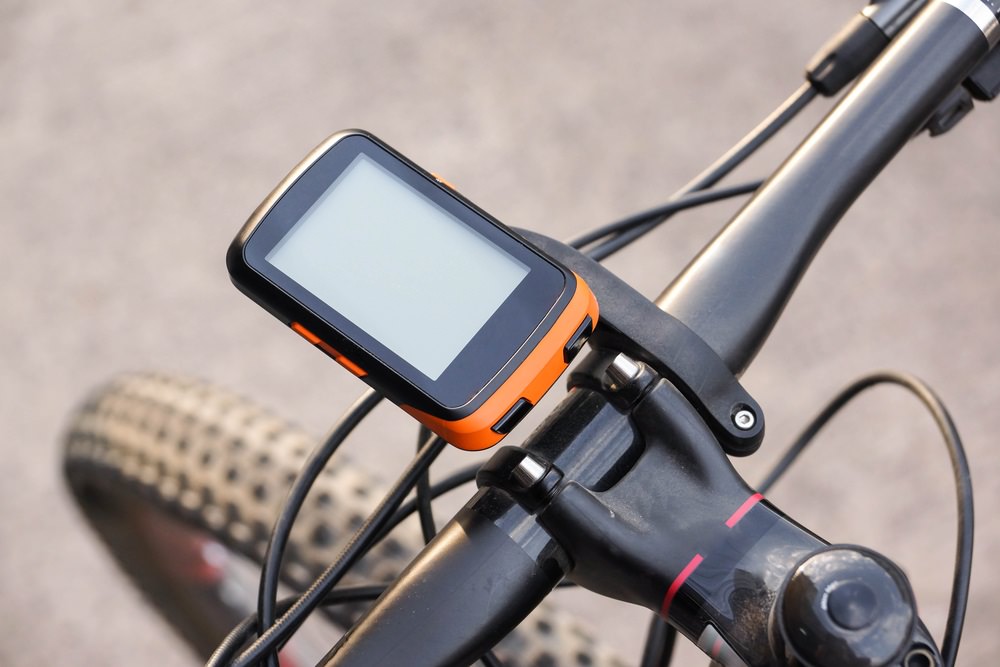
Using GPS technology many of these devices aren’t sat navs in the sense that they are directional – rather they act as tracking devices. However, there are some cycling devices which do serve as route planners.
Manufacturers

Here at Ebuyer we stock sat navs from all the leading manufacturers including:
TomTom
One of the biggest names in GPS technology TomTom Sat navs are renowned for their accuracy and reliability. Packed with the latest features TomTom devices are available with different screen sizes and many come with lifetime maps and traffic updates.
You can see the full range of TomTom devices available from Ebuyer by clicking here.
Garmin
One of the ‘big two’ in satellite technology Garmin produce a range of in-vehicle and personal sat navs. Continually introducing new features and functionality Garmin have delivered a range of high-quality devices that provide accurate mapping for all motorists.
Click here to see the full range.
Navman
You won’t find better value for money devices than those produced by Navman. One of the most popular brands around Navman are renowned for their low-cost but accurate devices. Equipped with many features only usually found in more expensive models they are a great investment for any driver.
See the full range by clicking here.
FAQ and jargon buster
How does a Sat navwork?
It uses GPS (Global Positioning System) which takes signals from a number of satellites to calculate the current position of the device. To plan a route the device uses the data from the satellites along with its stored maps and then tracks the progress of the journey through the different satellites in the GPS.

Which screen size should I choose?
It really comes down to personal preference as the displays on most models are now of excellent quality. Many of us will prefer a larger screen as the maps and directions are easier to see and the touch screen is more user friendly.
Another argument in favour of larger screens, is they are less distracting and a driver doesn’t have to intensely focus on the screen to see the maps. A 4.3” screen is more-or-less a standard size though many devices now boast a 5, 6 or even 7” screen.
What is GPS?
GPS stands for Global Positioning System and refers to a number of satellites that are constantly orbiting the earth. It is this group of satellites which ping data to all sat nav devices.
Can a sat nav be used with any car?
Yes. As long as you have space to safely mount the device without obscuring your view you won’t have any problems with any model.
Can a sat nav warn me about speed cameras?
Most devices sound an audible alarm when the vehicle is approaching a fixed position speed (or safety) camera. Some top end devices are even able to locate mobile cameras.
Can I use my sat nav abroad?
You can. But you do have to have European or world-wide mapping installed. Most manufacturers allow downloading of additional maps and if you are going to a specific location some allow maps to be ‘rented’ which is a cheaper option than buying an extended licence.
Won’t my sat navs maps get out-of-date?
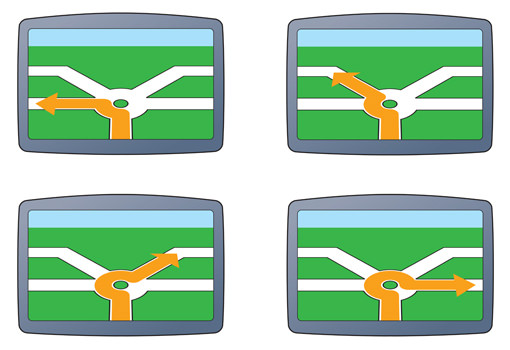
The road system is constantly changing so the maps that come pre-supplied with your new sat nav will need regularly updating. Especially if you are a frequent driver.
However, many devices now come with free lifetime mapping updates and others can be easily downloaded from the manufacturers website although there may be a charge for this.
What is the battery life?
Usually a fully charged device will give three to four hours of use. However it is usually wise to keep your sat nav connected to the charger whilst driving to ensure there is no interruption of service.
Where is the best viewing position?
Most, if not all, sat navs are supplied with a bracket that fixes to the windscreen. The bracket should be sited as low down the windscreen as possible so it doesn’t obstruct your view of the road. A point to bear in mind when positioning your device is the charging cable may interfere with your cars controls if it isn’t positioned with care.
Why buy a sat nav when you can use a smartphone instead?
Smartphones, and the apps available for them, have replaced many devices and there are some great free navigation apps available for download.
But, a sat nav does have some advantages over a phone in that you don’t have to worry about your phones battery running down, mapping is arguably more reliable particularly in areas where signal is weak, and the live updates available on some sat navs is superior to those on a phone.
View the full range of sat navs available at Ebuyer by clicking here.



